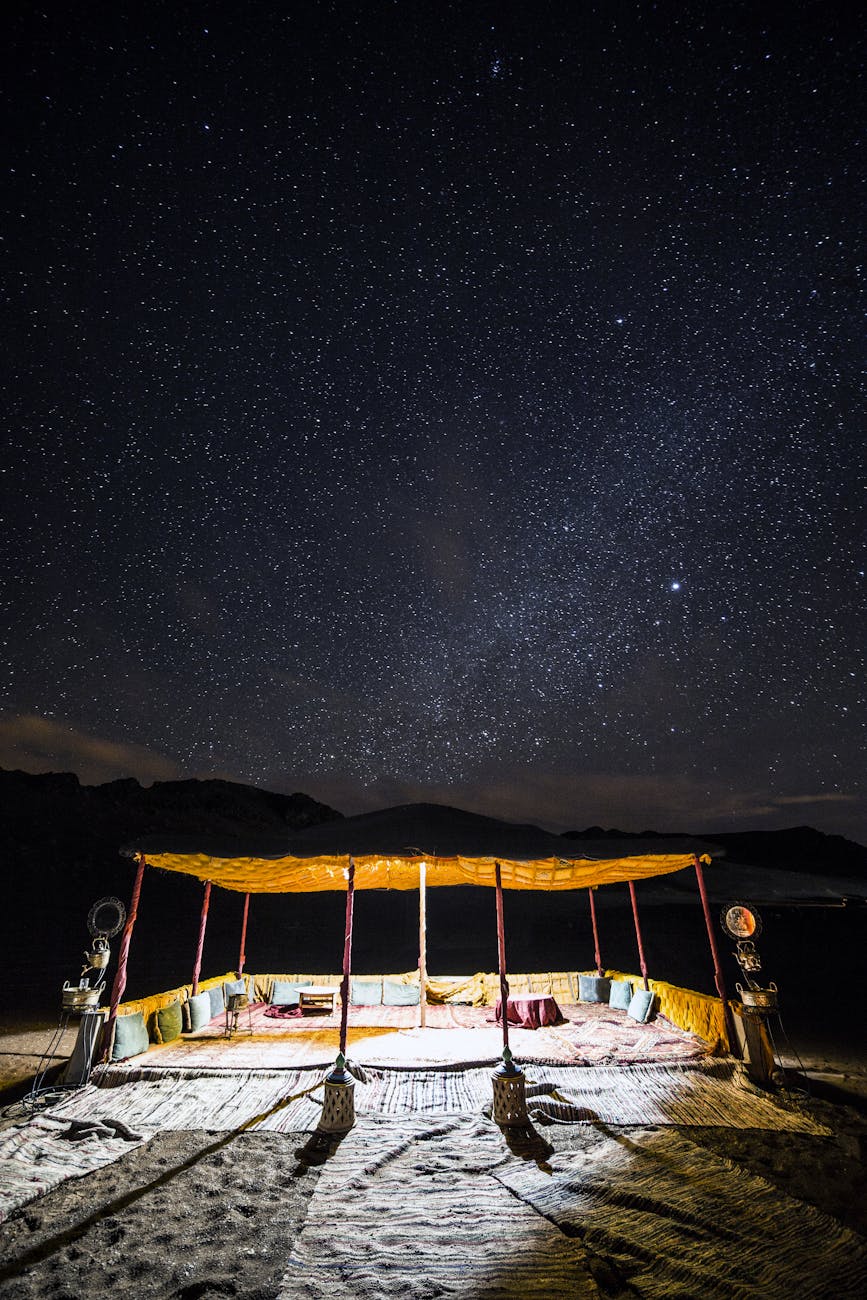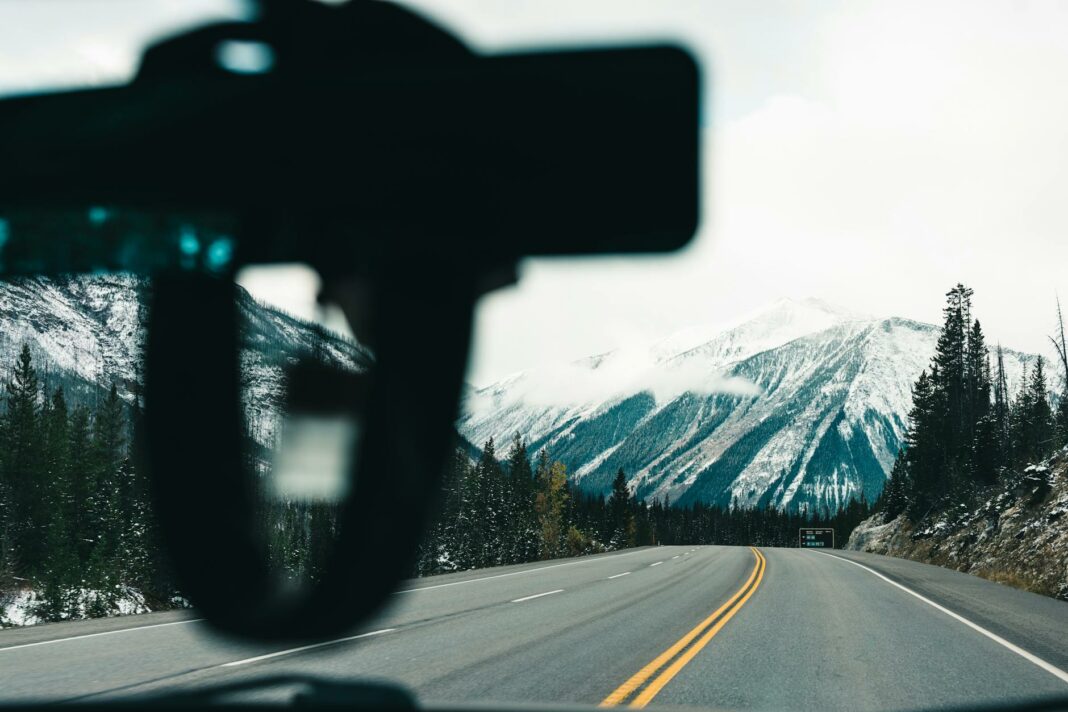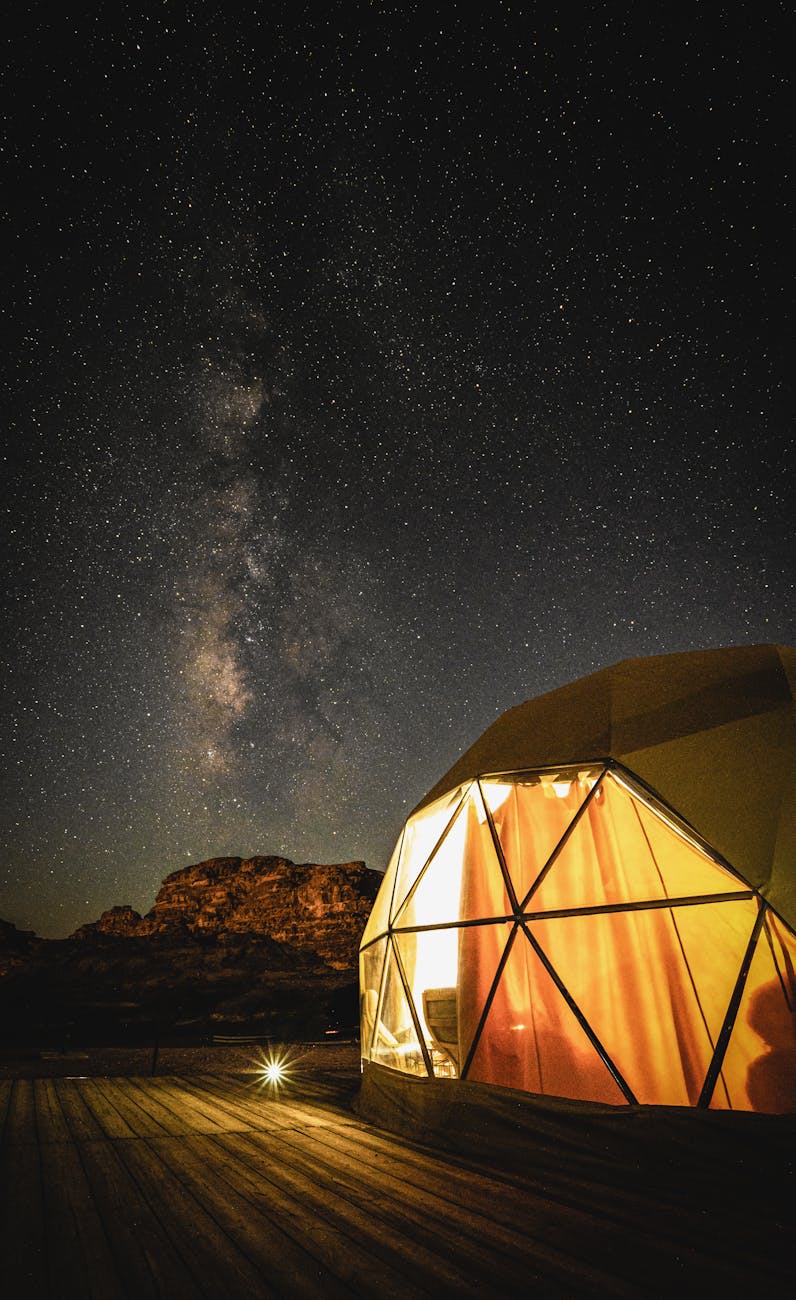Exploring the vastness of the universe is a soul-stirring experience, especially when you’re surrounded by the tranquil beauty of a desert landscape. Deserts, with their dry air and minimal light pollution, offer some of the best stargazing opportunities on the planet. From the intricate dance of stars to the mesmerizing glow of distant galaxies, each starlit night reveals secrets of the universe that captivate the imagination. This blog post will take you on a journey through some of the top desert stargazing locations, each brimming with breathtaking views and celestial phenomena. Prepare to uncover the wonders of the cosmos as we delve into these extraordinary places.
Whether you are a casual observer or a seasoned astrophotographer, these desert spots promise an adventure unlike any other. With the vast, open skies, the desert serves as a natural observatory where the majesty of the night sky unfolds in a captivating display. Get ready to be inspired as you learn about the best locations perfect for stargazing, ideal constellations to look for, and practical tips for making the most of your nocturnal escapades among the stars.
Table of Contents
- 1. Death Valley National Park, California
- 2. Joshua Tree National Park, California
- 3. Big Bend National Park, Texas
- 4. White Sands National Park, New Mexico
- 5. Anza-Borrego Desert State Park, California
1. Death Valley National Park, California
Renowned for its breathtaking vistas and remarkable geological features, Death Valley is a stargazer’s paradise. The park’s low elevation and minimal light pollution create an unmatched canvas for celestial observations. With over 3,000 square miles of desert, visitors can find numerous vantage points to witness the mesmerizing light show overhead. The Milky Way galaxy stands out against the inky sky, giving way to amazing meteor showers, particularly during the Perseids in August. Planning an overnight stay in this magical area opens up entire nights filled with breathtaking sights that inspire awe and wonder.
With facilities geared towards night sky enthusiasts, the park also hosts special stargazing events. Engaging with rangers who are passionate about astronomy can greatly enhance the experience. Guided tours reveal constellations, planets, and star clusters that enrich your understanding of the night sky. Don’t forget your telescope or binoculars— the details you can observe will transform your experience from ordinary to extraordinary.
2. Joshua Tree National Park, California
This iconic national park, famous for its peculiar Joshua trees, serves as another prime location for exploring the wonders of the night sky. Visitors often rave about the serene ambiance that enhances the stargazing experience. The high desert environment provides an almost otherworldly backdrop as the stars twinkle above. With the park designated as an International Dark Sky Park, the lack of artificial light further enhances visibility of celestial bodies. Be sure to arrive at one of the designated stargazing areas to maximize the enchanting view of the cosmos.
Planning a trip during the new moon phase allows for the best visibility of fainter stars and celestial phenomena. Imagine lying on a blanket under a sky filled with shooting stars. The park’s elevation also plays a role in offering spectacular panoramic views that catch the eyes of every stargazer. Partnering with local astronomy enthusiasts who often hold telescope nights can elevate your knowledge and deepen appreciation for the wonders of the universe.
3. Big Bend National Park, Texas
Big Bend National Park, situated on the border with Mexico, features expansive landscapes that offer a thrilling stargazing experience. Its unique geography allows for sweeping views of the sky, making it an ideal location for witnessing the cosmos in all its glory. Visitors can engage in stargazing at several designated viewing areas where the clarity of the night sky is unmatched. The annual star parties at the park allow visitors to engage with astronomy experts who guide you through the wonders of the universe, highlighting various celestial events and phenomena.
The park’s distance from urban areas means light pollution is minimal, which is critical for clear night skies. As a result, visitors are often treated to magnificent views of star clusters, planets, and even the distant Andromeda Galaxy. Immersing yourself in the tranquil surroundings, you will feel as though you have entered a world where nature and the stars have conspired to offer an extraordinary experience.
4. White Sands National Park, New Mexico
With its surreal landscapes of gypsum sand dunes that glow under moonlight, White Sands National Park is breathtaking during both the day and night. The park offers a unique stargazing experience, where the stark contrast between the white sands and the darkened sky creates an ethereal ambiance. Coupled with low light pollution and expansive views, the starry night sky becomes a canvas painted with countless stars and constellations. Walking through the dunes while gazing up at the cosmos can feel like stepping into an alien world, where dreams blend seamlessly with reality.
Visitor programs focus on educating guests about the unique geology of the area and the significance of the night sky. Participating in night sky events allows for a deeper understanding of the constellations and celestial movements. As you stand amidst the beauty of these dune fields, you’ll discover a deeper appreciation for the universe and your place within it— a truly magical experience that lingers in your memory long after your visit.
5. Anza-Borrego Desert State Park, California
As California’s largest state park, Anza-Borrego Desert offers stunning views in all directions, making it an incredible stargazing destination. Known for its unique flora and fauna, the park comes alive at night as the stars illuminate the sky. Its remote locations present excellent opportunities to gaze into the Milky Way or spot an occasional comet during certain seasons. Key spots within the park, such as Borrego Palm Canyon or Fonts Point, offer spectacular vantage points to immerse yourself in the splendor of the galaxy.
This park is famous for its night sky events, providing programs that help you enhance your stargazing experience. The Anza-Borrego Desert attracts not just stargazers, but photographers and artists alike, all cherishing the beauty of the sky at night. Visiting during optimal times ensures you enjoy clear skies, allowing for the ultimate celestial viewing experience, where stars, planets, and meteors combine to create a fascinating astral display.
Final Thoughts
Stargazing in the desert can be a profoundly enriching experience that connects you to the universe in the most intimate way. The tranquility of the desert complements the vastness of the night sky, offering moments of reflection and wonder. Each location mentioned possesses its unique charm, ensuring that every visit is filled with mesmerizing sights and unforgettable memories. Embrace the adventure and step into these enchanted landscapes, where the beauty of the universe ignites your imagination and reveals its secrets, waiting just for you.
FAQ
What is the best time for stargazing in deserts?
Spring and fall are generally considered the best seasons for stargazing in deserts due to mild temperatures. Also, clear nights are frequently found, particularly around the new moon when the sky is darkest.
What equipment do I need for desert stargazing?
A good pair of binoculars or a telescope can enhance your experience, but if you prefer not to carry much, simply bringing a blanket to recline on and a sky map can suffice. Apps for stargazing are also a reliable way to identify constellations and celestial objects.
Image Credit: Pexels





